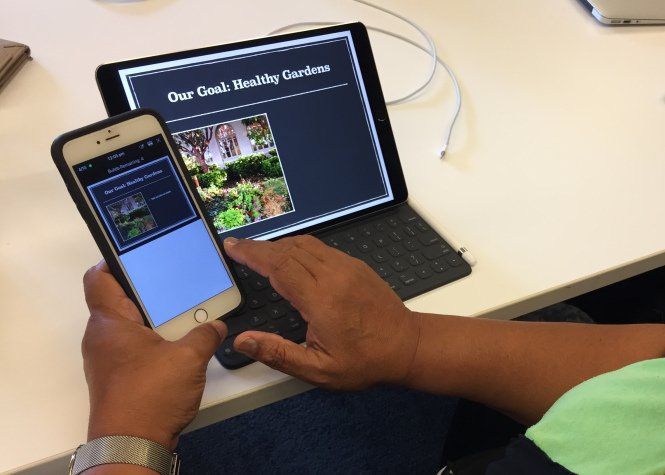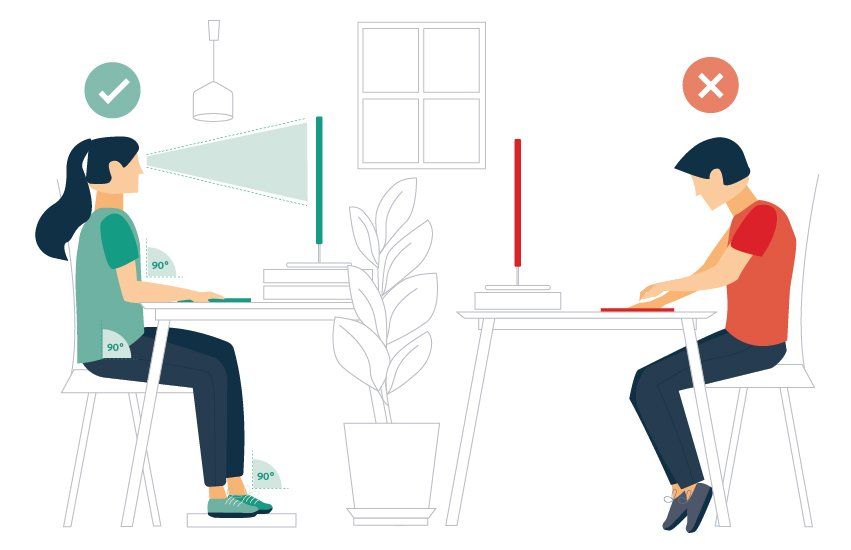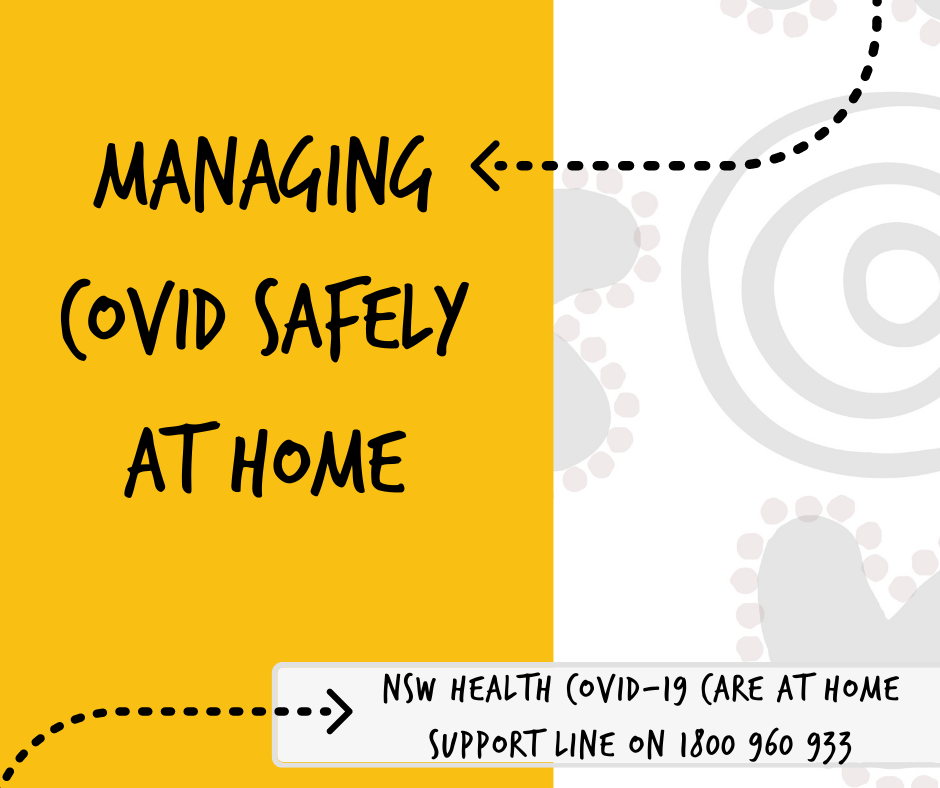Latest News at Katungul
Tips for creating a healthy home office

Create your new routine
It’s a little disorientating at first to lose your normal routine. So you need to build a new one quickly. Firstly, establish good boundaries between work and home. For example: try to avoid working where you normally relax. Then build a structure for your day – preferably keeping it similar to what you did before – wake up, get dressed, have brekkie.
At the end of your day, shut down, switch off and don’t get tempted to read emails as dinner is cooking.
Just because you might be working from home doesn’t mean you should wake up at 8.59 am and roll over to your desk in your pyjamas at 9 am. Waking up early and at the same time each day will allow you to fully wake up and do some activities to help you feel refreshed and productive for your day ahead, like having a nutritious breakfast and doing some exercise.
Waking up at the same time each day can also help you stay on schedule and give you a definitive start and end time to your workday. Waking up at the same time every day can also help maintain your normal sleep routine, which is as important as a healthy diet and exercise.
At the end of your day, changing out of your work clothes into more relaxing clothing helps to break up the day into clear phases and gives you a definitive end to your workday, helping you mentally switch off.
Do some exercise
This could be going for a jog around your block, doing some stretches in your living room (or garden) or taking the dog for a walk. YouTube also has thousands of free workout videos.
Stick to your work hours
When you are working from home it’s easy for work hours to blend into the rest of the day. Try and stick to your normal work hours, just as if you were at the office, with a similar start and finish time. This will give you clear boundaries between your work and personal time, which may help you stay on task and switch off at the end of the day. It could also help you stick to any promises you might have made to yourself, such as finishing at 5 pm to go for a run.
Set up a dedicated workspace
For those who have the space, try to set up a separate dedicated work area with everything you need, including a properly adjusted chair and desk.
If this isn’t possible and you are working from your kitchen bench or living room, it’s always good practice to switch off your computer and put away any work material, such as files or notepads, to help you feel like you have finished your workday.
Make sure you pay attention to your lighting - poor lighting is making the muscles in your eyes work overtime.
Bright, natural light is best for working on a computer or reading. Low light causes your eyes to strain and will quickly make your eyes tired.
To avoid soreness of your eyes, you should give your eyes a break from looking at the screen for a couple of minutes once or twice an hour. This helps them to relax and will reduce strain which can lead to headaches and injury.
Also, when setting up your work station consider the following things:
- If your feet don’t reach the floor or aren’t flat, try a large book to prop them up, it’s important that your feet are flat and supported to ensure your posture muscles don’t tire throughout the day.
- Your back should be straight. This is where an office chair is helpful as you will be able to adjust the back position. Back and lumbar support will stop you from slouching throughout the day.
- Your arms should be flat on the desk with your wrists in a neutral position – not flexing up or reaching down as that puts strain on the wrists. You may need to raise your chair to correct this.

Eat well
Stick to your meals like you normally would and avoid the temptation to snack all day (which can leave you feeling full without giving you right nutrition). Having three nutritious meals a day will help you fuel your body and mind and keep you focused on the day ahead. Maybe even consider meal planning if that will help you stick to a routine.
Take breaks
It's important to take regular breaks and time away from your desk to stand up and move around a bit, just like you would at the office. If you stay stuck to your screen all day, you might find your productivity levels start to drop.
A break might be making a cup of tea, doing some simple stretches or sitting in the garden or on the balcony to get some fresh air, which will give you some screen-free time as well as an opportunity to rest your brain for a moment, which might give you a fresh perspective for any tasks you might be stuck on.
Look after your mental well being
This time of uncertainty can lead to higher levels of stress and anxiety. It’s important that we also look after our minds.
- Consider taking up meditation
- Start the day by thinking of one thing that you are grateful for.
- Stay in touch with friends and family – while we are limited to the activities we can do outside, this is a great time to stay in touch (or even reconnect) with your friends and family either locally or in a different time zone, over Facetime, WhatsApp and zoom offering endless possibilities to share coffee dates with our nearest and dearest.
- Schedule in dedicated times to check the news, so you are not feeling overwhelmed. This could be once in the morning and once in the afternoon.
Stay social
Social connections at work are very important, and while working from home can mean fewer distractions, it can also mean you can go a whole day without speaking to someone, which can get very lonely.
Email and instant messaging are useful but try and keep in touch with colleagues on the phone and have a real conversation can be useful. This can be much more stimulating and even more productive than mountains of email traffic. You might even set up a daily short conference call with your team so you can all touch base and see one another, just like if you were at the office, such as a daily team meeting, video lunch dates, virtual meeting over coffee or well-being chats to check in on each other.











